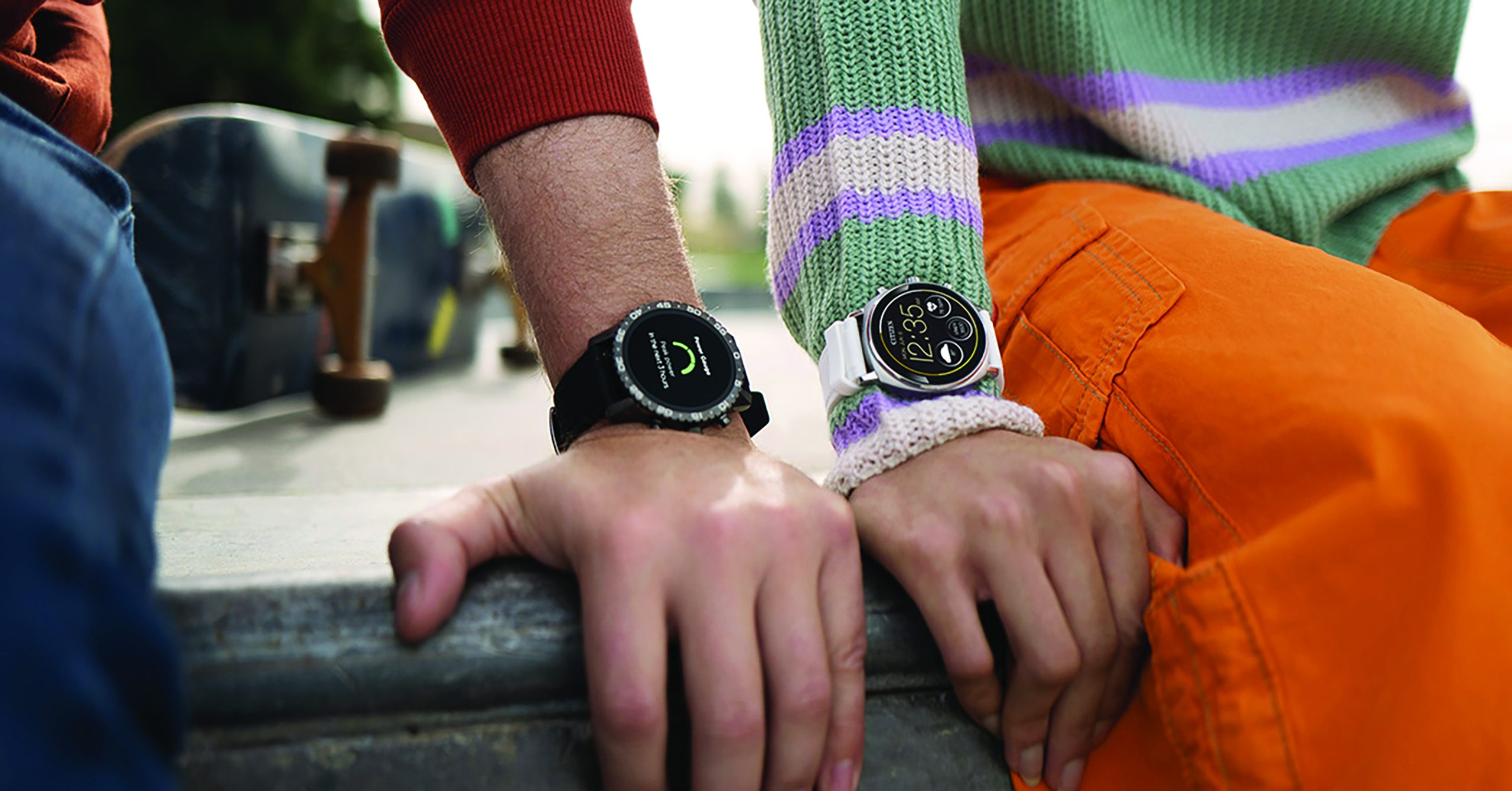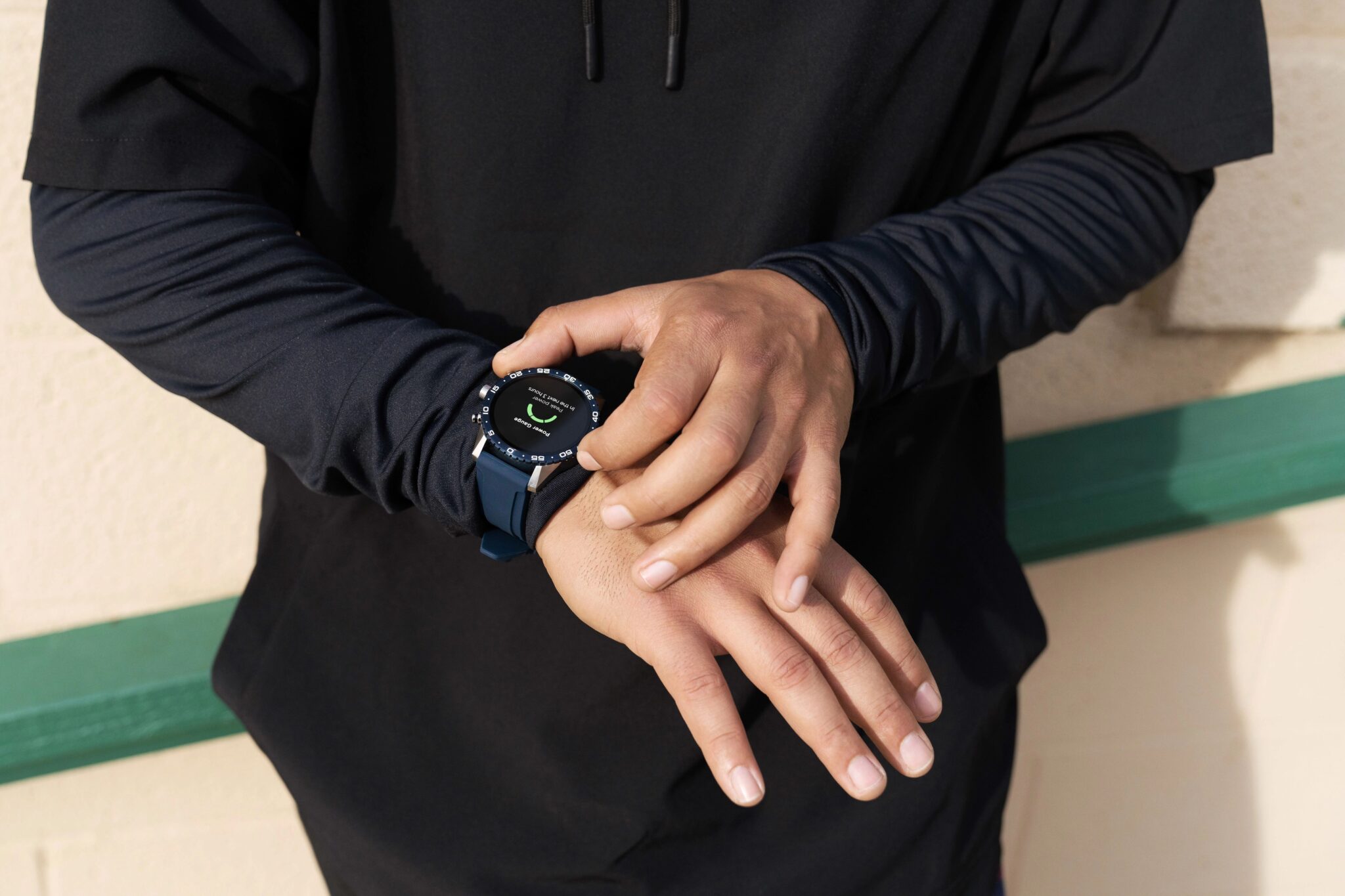For centuries, mechanical watches were revered as objects of privilege. They were indispensable tools reserved for the military or highly specialized professionals in certain disciplines. They were works of art worn by the most elite members of society. As the world evolved and things like basic timekeeping became more accessible to the population at large, watches became more and more mainstream. By the early 1900s, we had shifted from the pocket watch to the wristwatch. By the end of the Second World War, the wristwatch had become the essential accessory for every successful businessman and fashionable housewife. But this heyday for the mechanical wristwatch didn’t last long.
On Christmas Day in 1969, the Japanese watch brand, Seiko, introduced the world’s first quartz or battery-powered wristwatch, the Astron. The decade to follow would go down in infamy as the Quartz Crisis, a time when the mechanical watch industry was questioned and hundreds of years of tradition were at stake. Quartz watches are much easier to manufacture than mechanical watches. They’re more affordable, accurate, and durable. Plus, the futuristic-seeming technology had a certain allure. The mechanical watch industry immediately took a hit and struggled to compete with quartz’s price, precision, and fast production.

The watch industry experienced a similar dilemma around the turn of the 21st century with the smartwatch’s debut, which led watchmakers to once again question if these mechanical timekeepers could continue to remain relevant in a tech-centric world where they’re no longer needed for their functionality. In both instances, brands soon realized that all types of watches could co-exist, serving unique purposes and meeting the needs of different consumers. Many watchmakers have expanded their catalogs to include quartz or smartwatch alternatives alongside their mechanical offerings.
Time and time again, the mechanical watch has persisted—it survived the Quartz Crisis and the dawn of the smartwatch. And now, the time has come for the watch industry to contend with its next challenge: artificial intelligence.
The Rise of AI
Like watches, AI has long been reserved for a select few—those in Ivy League universities’ math and science departments, the government, or other highly specialized industries. AI was founded as an academic discipline in 1956, but since then, it has experienced many waves of optimism and uncertainty. With the rise of the internet in the late 1990s and early 2000s, AI solidified its place in powering advanced web search engines like Google, voice recognition applications like Siri, and recommendation systems used by streaming platforms like Netflix. However, only recently has AI entered the mainstream with consumer-grade tools like ChatGPT and Dall-E. And they have taken off like wildfire. Within three months of its launch, ChatGPT hit 100 million users, making it the fastest-growing application in history. Now it’s clear AI is here to stay—so what does that mean for the watch industry?
AI’s Current Application in the Watch Industry
The watch industry has already begun using AI in several applications, from watch production to identifying counterfeit timepieces. Some brands have even started to integrate AI into their offerings.
Earlier this year, Citizen launched its first smartwatch powered by AI. In over 100 years of business, Citizen has built a reputation for its diverse offerings, from superior mechanical dive watches to its proprietary Eco-Drive technology—the first use of sunlight to power a battery-dependent watch. The brand also has a selection of smartwatches, including the new CZ, which uses advanced AI models built with IBM Watson Studio and research pioneered by NASA Ames Research Center to make the timepiece even smarter. In addition to placing phone calls and texts, the CZ can track and predict your energy levels.


Still, when it comes to mechanical watches, manufacturing may seem like the most obvious use for AI. It starts at the supply chain level with the automation of operations like price arbitrage when buying certain materials. This extends to the actual production of watches, where AI-powered machines and robots can execute essential tasks within the manufacturing process with high levels of precision and efficiency. The result is improved quality control and faster production times. This may initially strike some fear for an industry that deeply values its artisans and craftsmen. However, using AI in key phases of the manufacturing process could help watchmakers focus their valuable time and attention on those more intricate and delicate tasks that must be done by hand.
In addition, counterfeits are one of the biggest challenges facing luxury industries today, particularly the watch industry. The global market for fake goods is estimated to be worth billions, with watches being one of the most replicated products, but AI has a solution. ORIGYN, a company based in Neuchatel, Switzerland, uses AI and machine learning—a subset of AI that involves training machines to learn from data—to help identify counterfeit timepieces. Think of their concept as facial recognition for watches. They use AI and machine learning to analyze millions of reference points captured by a high-resolution camera. This information is then stored on a blockchain. To authenticate a watch, all that’s needed is the ORIGYN app and a smartphone with a camera. Once images are uploaded to ORIGYN’s database, it creates a history for the timepiece. Currently, ORIGYN is only available for brands and pre-owned resellers, not consumers, but it still marks a meaningful use of AI for the watch community.
Watches of the Future Designed by AI
Still the big, looming question is, when will we see watches fully or partially designed by AI? Initially, the thought of AI-designed timepieces elicits the same sense of panic as quartz watches or smartwatches. If we eliminate the artist from the art form, will we lose the spirit that these little mechanical marvels possess? Here, it’s key that designers harness the power of AI and work in tandem with it to explore new possibilities and push the bounds of innovation—AI must be used to enhance the creative process rather than replace the creative process. Perhaps the use of AI in watch design merely looks like a testing ground to simulate and experiment with new design concepts or materials, and that’s precisely what watchmakers are doing.
In its current state, AI isn’t prepared to design a watch from the ground up. All you need is a quick Google search to show you some early attempts at watches generated from text prompts to see that they cross the line from audacious to unrealistic—the technology, at least for watch design, is far from perfect. However, using AI for creative ideation and conceptualization in watch design is a good place to start.
AI: Friend or Foe?
Mechanical watches have existed in some form or fashion since the 1600s. Over almost 400 years, these little machines have, in some ways, changed very little. Essential components of the movement, like the mainspring, gear train, balance wheel, and escapement, remain essential. The execution of complications like the chronograph or GMT stay true to their original form. At the same time, many advancements have been made, for instance, in applying new materials. A prime example is the use of silicon in place of metal for movement components like the escapement. The chronograph complication blueprint has remained unchanged, but chronographs have become more precise, measuring down to 1/10th of a second.
In nearly four centuries, mechanical watches have persisted through a great deal of development in the world: the invention of the telescope, the hot air balloon, the printing press, and the television. More importantly, the mechanical watch has prevailed through the technology age, from the quartz watch in the 1970s to the smartwatch in the 2000s. If the history of the mechanical watch shows us anything, it’s that these horological objects are in fact, timeless and have nothing but staying power no matter how this world evolves, even if that world includes artificial intelligence.











